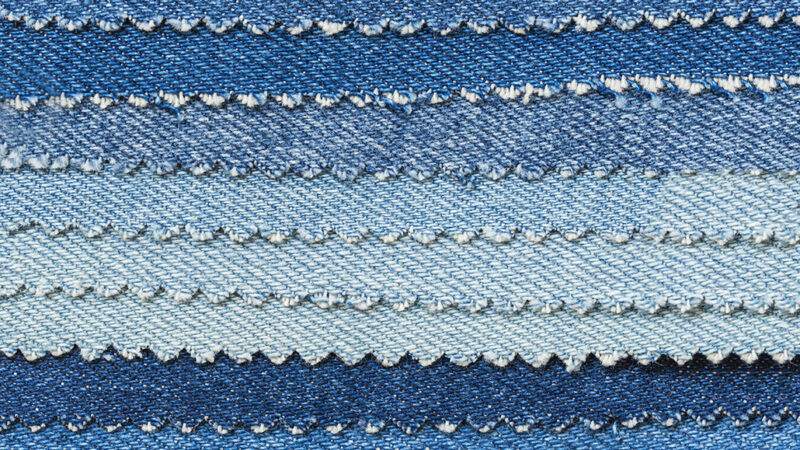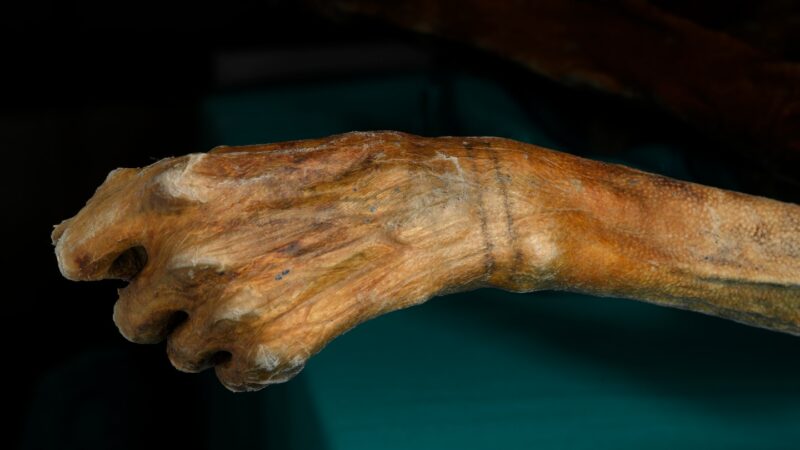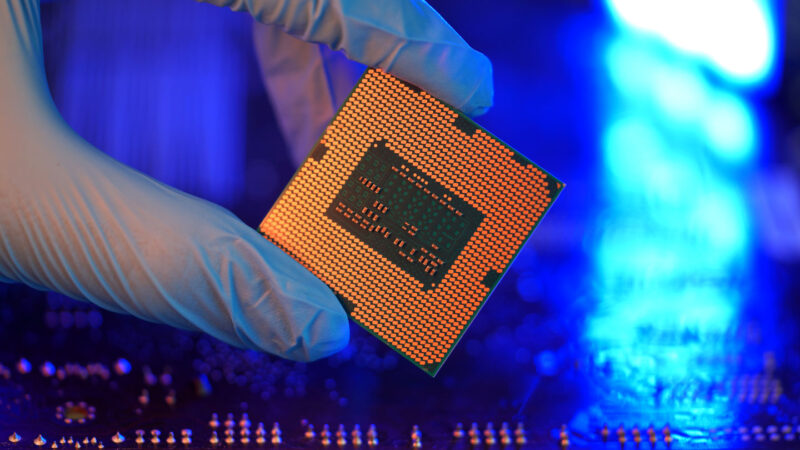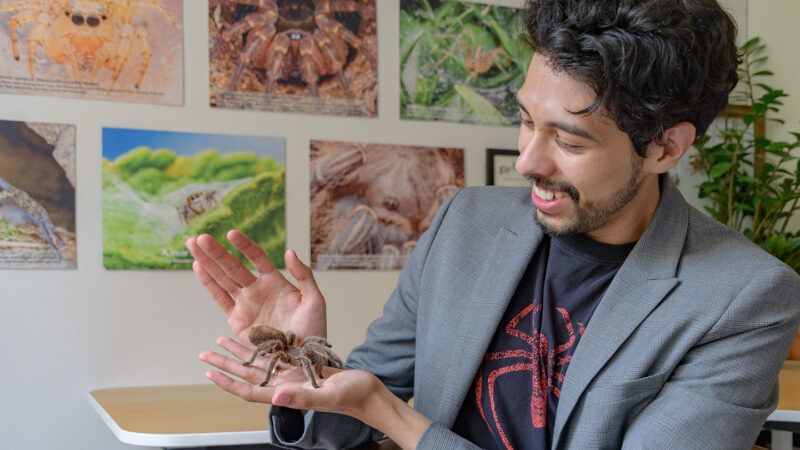With a little help from the sun, blue jeans are going “green.”
By accident, researchers stumbled on a new way to give jeans their iconic blue hue. The light-driven process could help dye denim with fewer harsh chemicals.
Denim is usually dyed with indigo. But this compound doesn’t easily dissolve in water. So harsh chemicals are used to break it down into a liquid that can turn the fabric blue. Each year, tens of thousands of tons of these harsh chemicals go into making denim across the world. Many are then dumped as waste into streams.
“It’s very toxic to both the environment [and] also the workers,” says Katrine Qvortrup. She’s a chemist at Technical University of Denmark in Kongens Lyngby.
Denim-dyeing chemicals can harm fish. They also pose health risks to workers who must use them. Formaldehyde is just one of the potentially cancer-causing chemicals that denim-makers use. So Qvortrup and her colleagues wanted to find a safer way to make jeans blue.
A surprising find
For their new dyeing technique, the researchers chose to use indican. It’s the substance in indigo plants from which natural indigo dye is made. And unlike indigo, indican does dissolve in water. That means using it directly requires fewer harsh chemicals.
In the past, others have used bacteria to make indican. But this only worked for producing small batches. To make enough for the big denim industry, the Danish team needed a new way. Their solution: Tweak an indican-producing enzyme found in indigo plants. This enzyme can make enough indican for factory-scale production, the researchers say.
Their first idea was to mix indican with a second enzyme that would convert it to indigo. Then they dipped yarn in this liquid solution. It worked — the yarn turned blue within a few minutes.
This sped-up video shows denim developing color over 40 minutes after being soaked in an enzyme solution.
But the team also dipped some yarn in indican alone, without the second enzyme. A few of these samples got left on a windowsill in their lab. And to their surprise, these “were just turning blue without us doing anything,” says Ditte Hededam Welner. “We were like, ‘What’s going on here?’” Welner is a biochemist on the team.
It turns out that sunlight reacted with the indican on the yarn, converting it to indigo.
How? The light turned a substance in the indican into a radical. A radical is a molecule with unpaired outer electrons, which primes it to bond to other molecules. Once turned into radicals, indoxyl molecules can bond with each other to form indigo.
The team dipped more yarn in an indican solution, again with no enzyme. Then, they exposed the mix to various light sources. “Very slowly, over the next couple of hours, [the yarn] will turn blue, and more and more blue,” Welner says. “The light will develop the color.”
Light from the sun, from LEDs and even from household light bulbs can do this. In fact, light can dye denim even darker than the enzyme method could using the same amount of indican.
The researchers shared their discovery February 27 in Nature Communications.
How ‘green’ is this method of going blue?
Using indican as a dye — with either an enzyme or light — would reduce the environmental harm from denim dyeing, the researchers say.
They calculated the impact of each method using factors such as the materials involved, wastes produced and more. They looked at things such as carbon dioxide emissions and worker exposures to toxic chemicals.
The enzyme-based method seems most promising. It could cut the harmful impacts by more than 90 percent, compared to normal denim dyeing, the scientists estimate.
Light-driven dyeing is also less harmful than current methods, though not by quite as much. It might cut the impacts of dyeing denim by more than 70 percent. But the light method might take up less space than the enzyme method — and use less land. And if the researchers can cut electricity costs by dyeing with just sunlight, not bulbs, the light method may prove even better for the environment.
Do you have a science question? We can help!
Submit your question here, and we might answer it an upcoming issue of Science News Explores
Using indican instead of indigo may be much better for the environment in some ways, says Robert Vos. He’s a sustainability scientist who did not take part in the new project. Vos works at the University of Southern California in Los Angeles. But, he notes, the new dyeing methods still use lots of water. And this is a concern because a lot of water also goes into growing the cotton used to make denim.
Both of the new indican-dyeing methods will require more testing before either can be used in factories. But at least cost shouldn’t be an issue. Even with the cost of materials, such as LED lights, the light method may not raise the cost of denim dyeing at all, Qvortrup estimates. The enzyme method should cost only a few cents more per pair of jeans.
That’s a good thing. “We don’t want to develop sustainable jeans [just] for the rich people,” Qvortrup says. “Our aim is to help to make it a cleaner process and not as polluting.”
Welner hopes these methods will have an impact even before they reach factories. Simply learning about more sustainable ways to make jeans may make denim-wearers think about where their clothes come from, she says. “If you want to wear blue denim,” she says, “be aware that there are better ways to make it” than are used right now.





